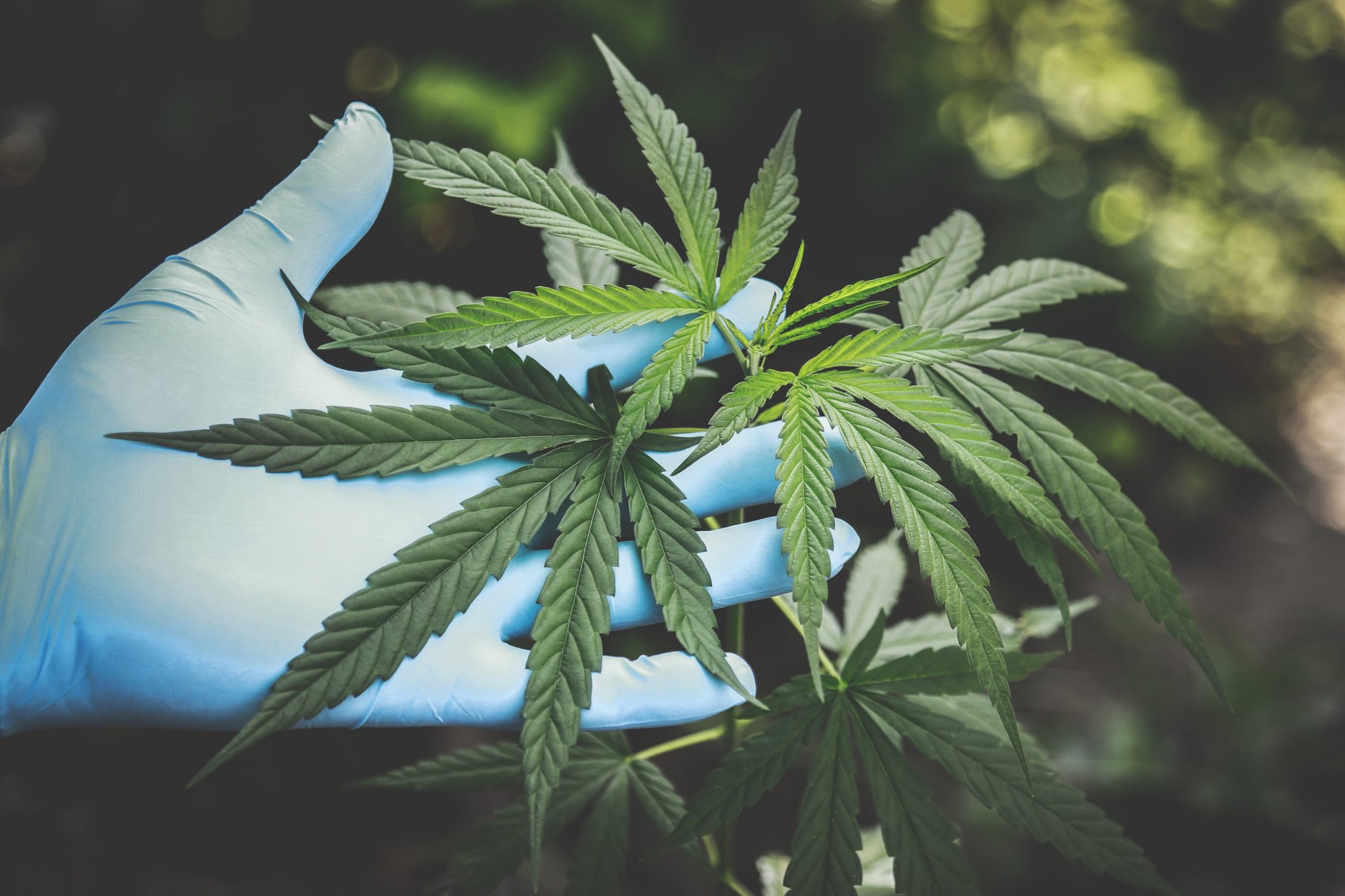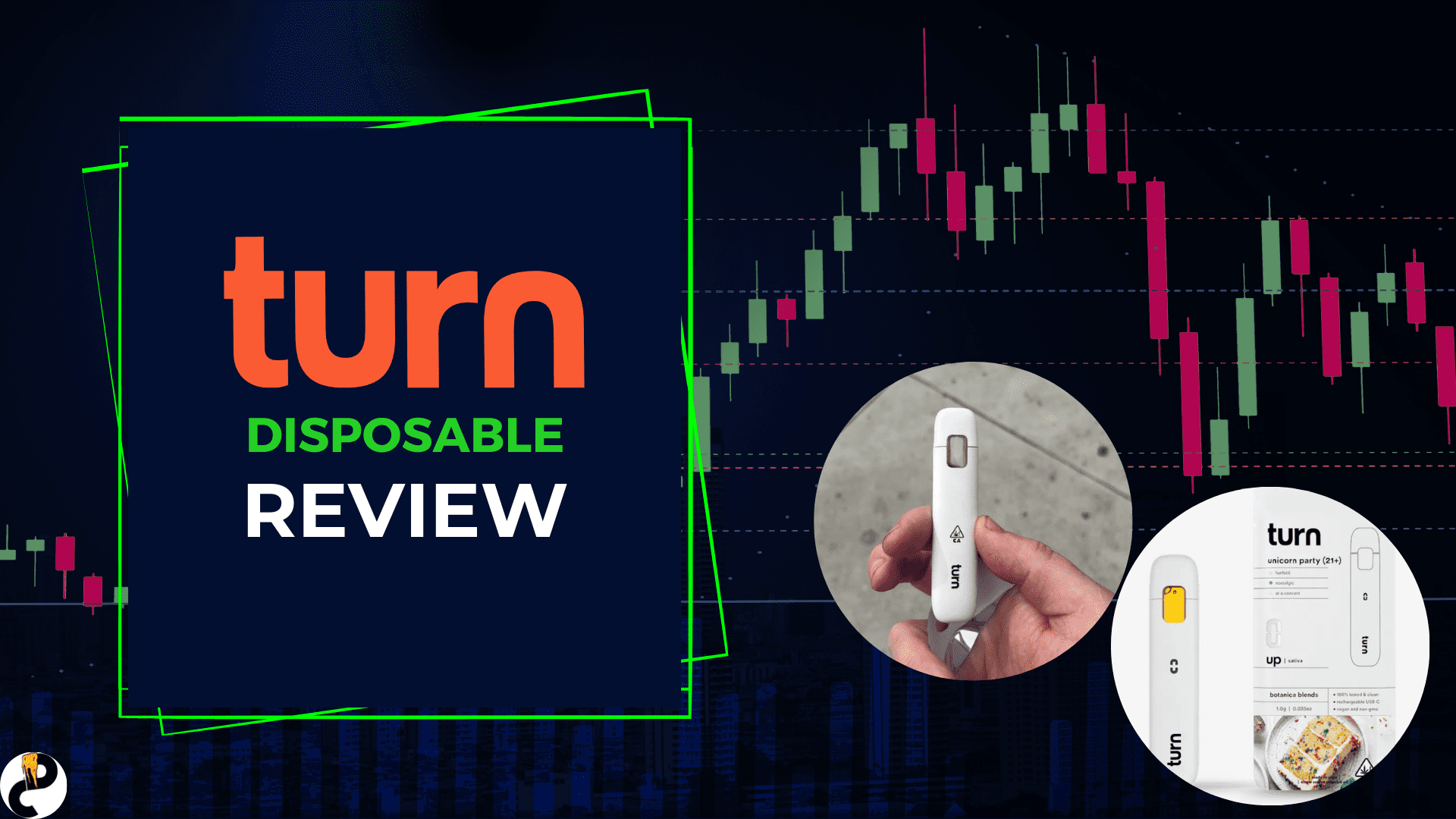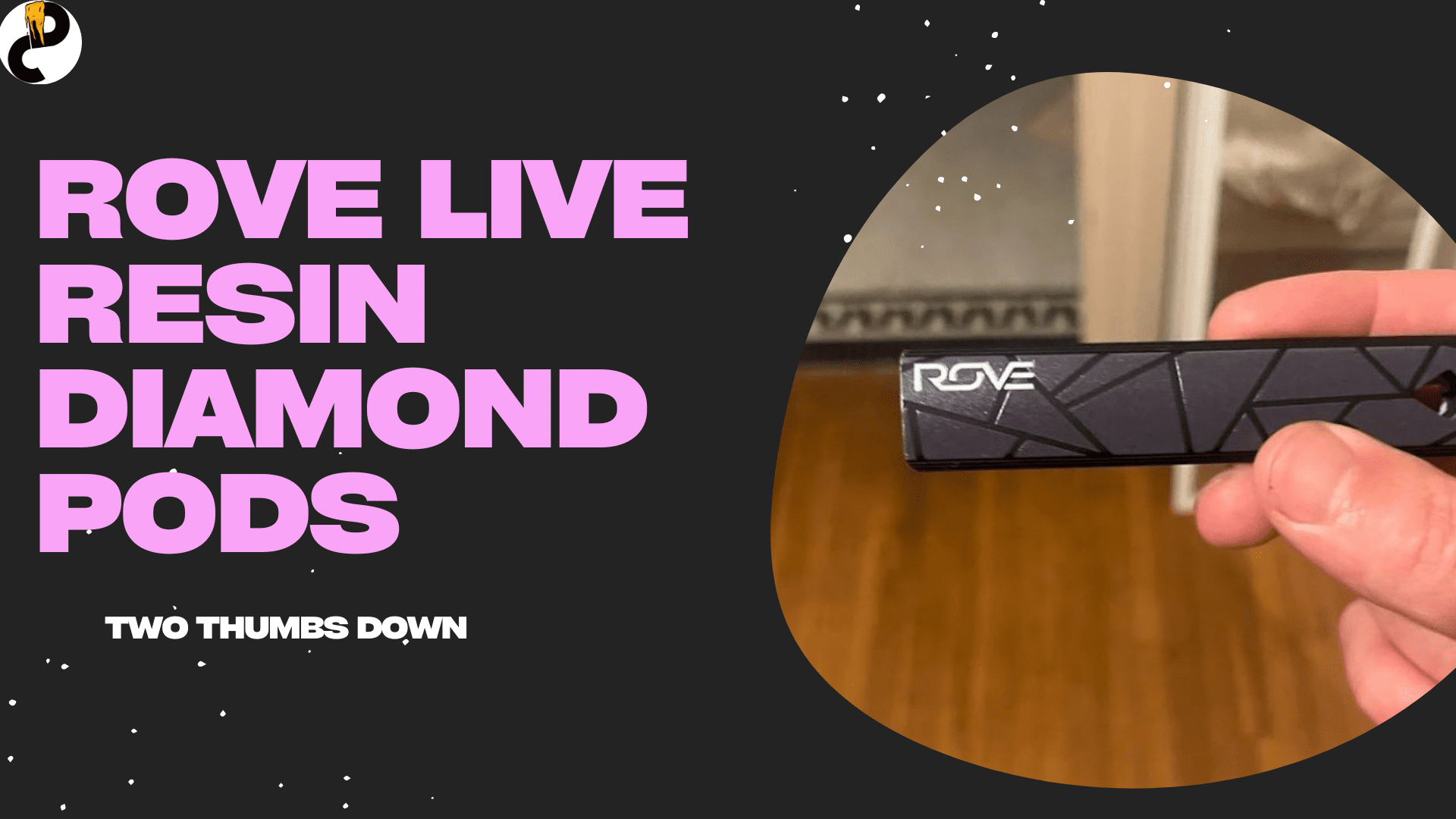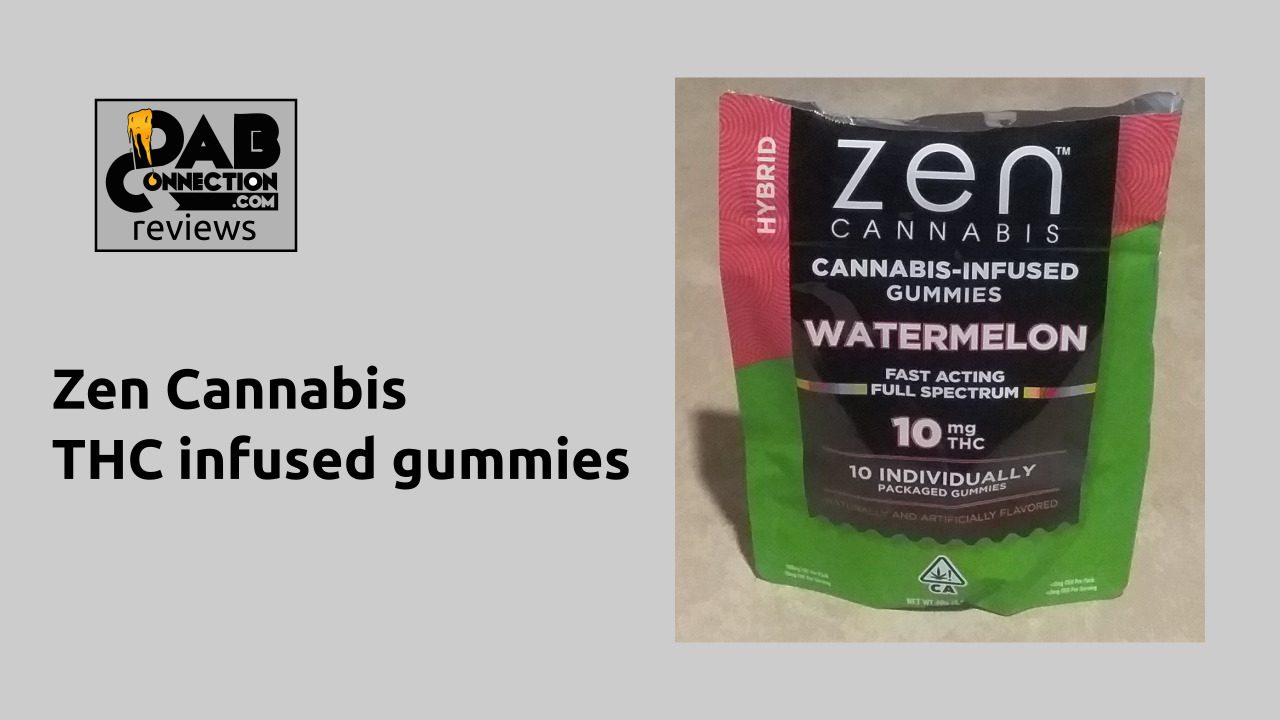7 Myths To Bust Around The Usage Of CBD

Editors note: This is a guest post, and does not reflect general staff opinion.

Medicinal CBD is not a new phenomenon. Instead, the cannabis plant has been used for pain relief for centuries.
However, in the past decade, modern consumers and some medical professionals have begun to recognize its possible benefits, especially CBD. Today, consumers have plenty of choices regarding CBD-infused products, from shampoos to lollipops, from coffee to dietary supplements and oils.
Despite their enthusiasm, several consumers are in the dark about what CBD is, how it is related to cannabis, what it does, and whether there are any CBD side effects. With such jargon overwhelming many consumers, it’s no wonder there are certain misconceptions surrounding the market, particularly concerning CBD products. Years of prohibition and tons of false information have led to many widely-believed myths about CBD.
Here we explore some myths about CBD so you can better understand this beneficial cannabinoid once and for all.
1. CBD is a New Health Fad
A decade back, nobody had heard of CBD, and today, it’s all over the shelves of local health food stores. So, it means CBD is a new product, right? Well, not really.
Cannabidiol, or CBD, was first isolated in the 1940s. In the past decade, it has gained popularity for its several mental and physical health benefits. It is the second most prevalent cannabinoid in cannabis (the first being THC), and cannabis has been used for its health benefits for centuries in almost every continent.
CBD is far from a new and passing fad.
2. CBD Gets You High
Since CBD is extracted from cannabis, it is generally assumed to have an intoxicating effect when consumed. The
Although both CBD and THC are sourced from the cannabis plant, CBD is typically derived from hemp, and THC is derived from marijuana. The cannabinoid THC does produce the high associated with cannabis; CBD does not. It all comes down to the way each cannabinoid interacts with the body.
You can get high with THC because it binds to the CB1 cannabinoid receptors, which are abundant in several brain regions and lower amounts in widespread areas throughout the body. CB1 receptors mediate many of the psychoactive effects of specific cannabinoids.
CBD, unlike THC, has little binding affinity to the CB1 receptor. CBD doesn’t get you high because it doesn’t bind to the receptor responsible for causing a high.
3. CBD will not be caught in a Drug Test
One big myth is that since CBD doesn’t get you high, it won’t appear in a drug test. Several at-home drug test kits and those not processed in a lab are not sophisticated enough to differentiate between cannabinoids. CBD and THC may look the same and trigger a false positive.
Additionally, if you take a full-spectrum CBD product containing some (less than 0.3%) THC, you may test positive for marijuana. If you’re worried about failing a drug test, it’s probably not worth the risk.
The safest bet is to take a broad-spectrum product with no detectable (0.0%) THC and third-party lab results to back it up.
4. CBD Can Cure Everything
Several companies out in the market are trying to cash on the lack of awareness of CBD. They are making claims that CBD treats just about anything. It has various mental and physical benefits but cannot replace your entire medicine cabinet.
CBD can promote a sense of calm, a balanced inflammatory response, and other uses for the mind and body by supporting the endocannabinoid system (ECS).
5. Taking More CBD Is Better To Achieve Desired Effects
There’s a common assumption that taking a large serving of CBD is best to achieve the desired effects. Everyone is different. No serving size of CBD works the same for everyone.
CBD works with the ECS to restore balance to whatever imbalance you’re experiencing, and this is a different experience for each person.
Finding what unique serving size works best for you should be done by taking smaller amounts of CBD until you hit the correct dose.
6. All CBD is Created Equal
Another prevalent belief among the user is that all CBD is identical and will give the same effects.
CBD has been a pretty unregulated industry. With so many CBD products on the shelves, you may think there’s no difference between them. But this is far from the truth.
The extraction of CBD is done from either marijuana or hemp plants. Its products are categorized into Full Spectrum, Broad Spectrum, and Isolate.
Full Spectrum CBD products contain THC up to 0.3%, whereas Broad Spectrum has no THC. But Broad Spectrum contains other cannabinoids.
Isolate products have no THC or any other cannabinoids. It is 100% pure CBD.
Additionally, CBD extraction techniques also vary. Some steam extraction involves water heating, while others use solvents and other chemicals.
7. CBD is Illegal
In the past few years, some significant legislation actions in various states of the USA and many countries have allowed medical and recreational marijuana usage under strict controls. However, the use of marijuana is still illegal at the federal level.
Several forms of CBD are extracted from the hemp plant. Recent legislation approved by the federal government has made hemp products legal in all states. These include CBD products from the hemp plant. Consequently, it is perfectly legal to utilize CBD products extracted from hemp in every state of the USA.
Bottom Line
Everyone must have the correct information when it comes to CBD. If you’ve had any doubt regarding the truth about this wildly popular and highly beneficial cannabinoid, the article would have assisted in clearing up any confusion. Knowledge is power. You can opt for the best CBD products to fit your needs when equipped with the correct information.
Reference






